Iceland’s Ring Road is like nature’s greatest hits album rolled into one epic 828-mile loop around the island. This incredible highway connects dramatic waterfalls, black sand beaches, glacier lagoons, and volcanic landscapes that seem almost too perfect to be real.
Whether you’re chasing the Northern Lights or just want to capture some seriously stunning landscapes, the Ring Road delivers photo opportunities that’ll make your Instagram followers wonder if you’ve been using some serious editing magic. The beauty of this route isn’t just in the big-name attractions everyone talks about.
‘Sure, the famous spots are incredible, but some of the most breathtaking shots happen between destinations when you least expect them. Here is a list of 17 photography spots along Iceland’s Ring Road that will fill your memory cards and leave you planning your next trip back.
Seljalandsfoss
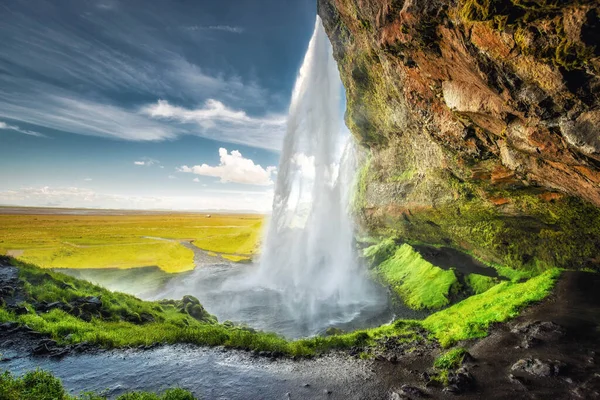
This 200-foot waterfall offers something most others can’t – you can actually walk behind the cascading water for a completely unique perspective. The path leads you through a narrow cave-like space where you can shoot the falls from the inside looking out, creating dramatic silhouettes and misty compositions.
Early morning or late evening light filters through the water spray, creating ethereal lighting conditions that photographers dream about. Just bring waterproof gear because you’ll definitely get soaked, but the shots are worth every drop.
Skógafoss
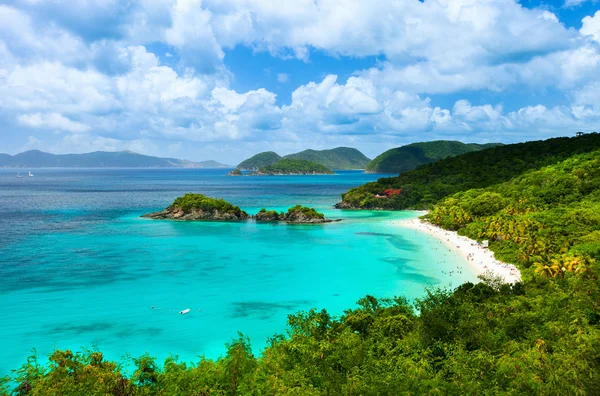
Standing 197 feet tall and 82 feet wide, Skógafoss is pure photographic power. The massive volume of water creates constant mist that often produces brilliant rainbows on sunny days, giving you the chance to capture one of nature’s most perfect combinations.
A staircase on the right side leads to a viewing platform above the falls, where you can shoot down into the churning pool below or capture the river as it winds toward the ocean. The contrast between the white water and dark volcanic rock creates striking compositions that work beautifully in both color and black and white.
Like Travel Pug’s content? Follow us on MSN.
Reynisfjara Black Sand Beach
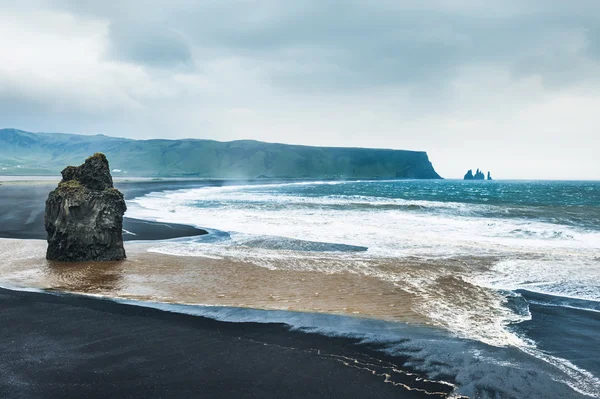
The jet-black volcanic sand here creates an otherworldly backdrop that makes every photo look like it belongs in a fantasy movie. Massive basalt sea stacks called Reynisdrangar rise from the ocean just offshore, providing dramatic focal points against stormy skies.
The beach is also famous for its hexagonal basalt columns that form natural geometric patterns perfect for close-up shots. Be extremely careful of the waves here – they’re unpredictable and dangerous, but the dramatic crashes against the dark rocks create spectacular action shots if you keep a safe distance.
Fjaðrárgljúfur Canyon
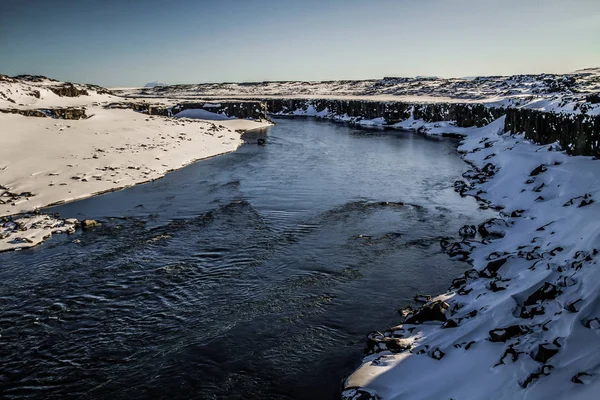
serpentine green valley that’s absolutely mesmerizing from above. The hiking trail along the rim offers multiple viewpoints where you can capture the winding river below and the dramatic rock formations.
The contrast between the bright green moss covering the canyon walls and the dark rock creates vibrant compositions that practically glow in good light. A drone here would capture incredible aerial shots, but make sure you check current regulations since rules can change.
Jökulsárlón Glacier Lagoon
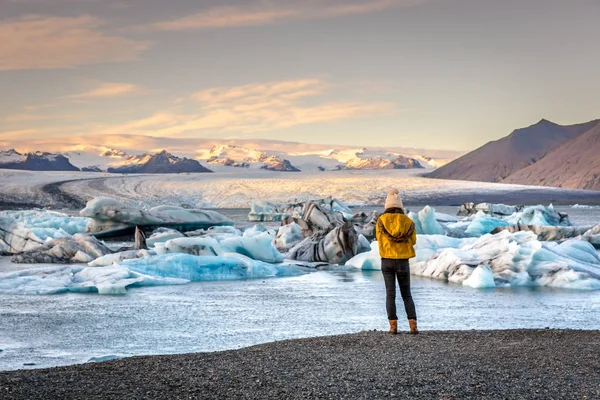
This glacial lagoon is like stepping into a living postcard where massive icebergs float in impossibly blue water. The constantly changing ice formations mean every visit offers completely different compositions – some bergs are crystal clear, others are deep blue, and many have interesting textures and patterns carved by wind and water.
The lagoon connects to the ocean, so you can often capture seals lounging on the ice or diving in the water. Golden hour here is magical, as the low light makes the ice glow and reflects beautifully off the still water.
Like Travel Pug’s content? Follow us on MSN.
Diamond Beach
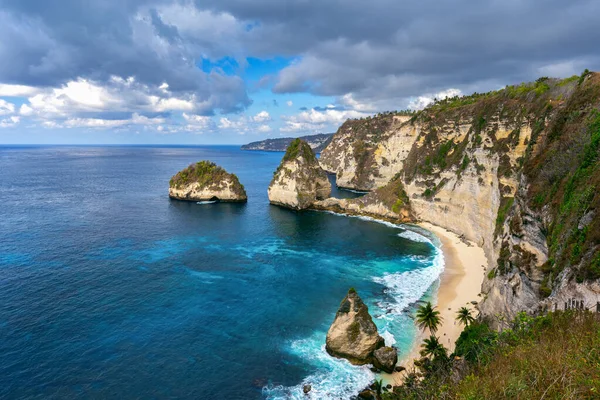
Just across the road from Jökulsárlón, this black sand beach is scattered with chunks of crystal-clear glacial ice that look like giant diamonds. The contrast between the pristine ice and dark sand creates striking compositions that work from both wide landscape shots and intimate close-ups.
Waves constantly reshape the ice formations, polishing them smoothly and creating new arrangements, so each visit offers fresh possibilities. The ice glows beautifully when backlit, and you can capture amazing reflections in the wet sand during low tide.
Vestrahorn Mountain
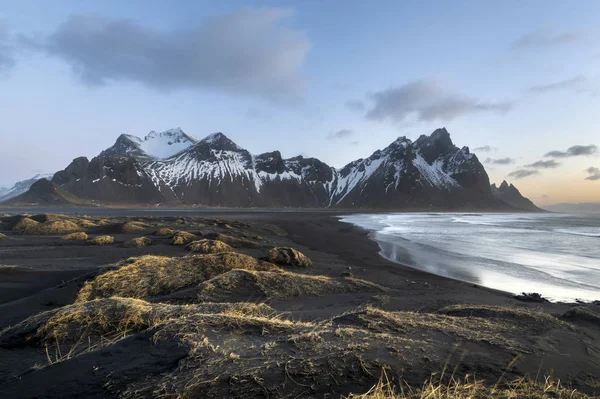
This dramatic mountain rises nearly 1,500 feet directly from the black sand dunes of Stokksnes Peninsula, creating one of Iceland’s most photogenic landscapes. The curved sand dunes in the foreground add leading lines and texture that complement the jagged peaks perfectly.
The area is known for its constantly changing weather, which means you might capture everything from moody storm clouds to brilliant sunshine in a single visit. The mountain looks completely different from various angles around the peninsula, so take time to explore different viewpoints.
Höfn
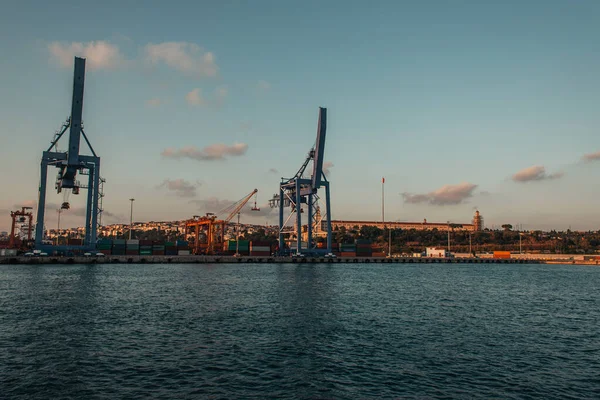
This charming fishing town sits on a narrow spit of land surrounded by water, with Vatnajökull glacier forming a dramatic backdrop. The harbor area offers great opportunities to capture traditional Icelandic fishing boats with glacier-capped mountains in the background.
The town’s location means you get beautiful reflections in the calm harbor water, especially during the blue hour when the lights start twinkling. Local restaurants serve incredible langoustine if you need a warm meal between shooting sessions.
Like Travel Pug’s content? Follow us on MSN.
Faskrudsfjordur
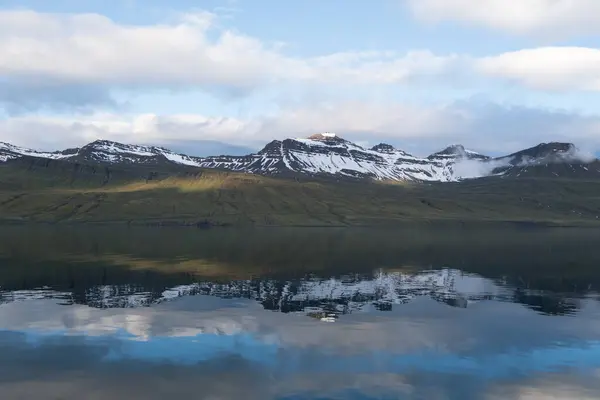
This remote fjord in the East Fjords region offers intimate mountain and water compositions that feel completely different from the dramatic landscapes elsewhere on the Ring Road. The small French fishing village has colorful houses that add pops of color against the muted tones of the surrounding mountains.
The fjord’s protected waters create perfect mirror reflections on calm days, doubling the impact of your compositions. This area sees fewer tourists, so you’ll often have these stunning locations completely to yourself.
Dettifoss
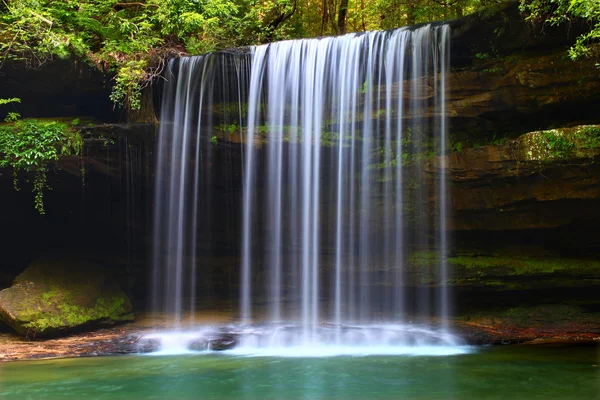
Europe’s most powerful waterfall thunders over a 144-foot drop with such force that you can feel the ground vibrate from the viewing platform. The sheer volume of water creates massive spray clouds that often produce rainbows, and the roar is so loud you’ll need to shout to communicate with your shooting partners.
The surrounding landscape looks almost lunar with its barren volcanic terrain, creating stark compositions that emphasize the waterfall’s raw power. Both sides of the canyon offer different perspectives, so budget time to explore both viewpoints.
Ásbyrgi Canyon
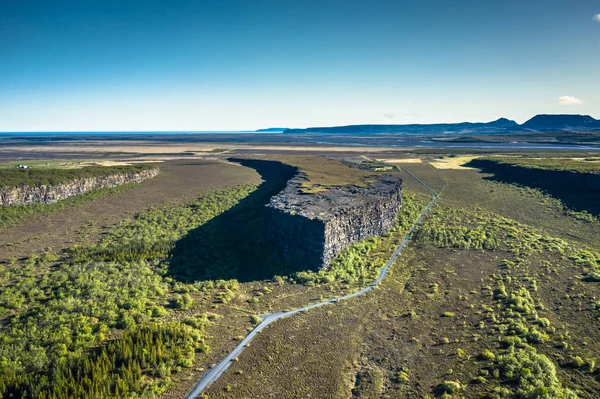
This horseshoe-shaped canyon stretches nearly 2 miles long and reaches 330 feet deep, creating a natural amphitheater filled with birch trees and peaceful walking trails. The canyon walls are nearly vertical, creating dramatic leading lines that draw the eye toward the forested floor below.
Several viewpoints along the rim offer different perspectives, from wide shots that capture the entire horseshoe shape to more intimate compositions focusing on the interplay between rock and vegetation. The area is part of Vatnajökull National Park and offers excellent hiking opportunities between photo sessions.
Like Travel Pug’s content? Follow us on MSN.
Húsavík
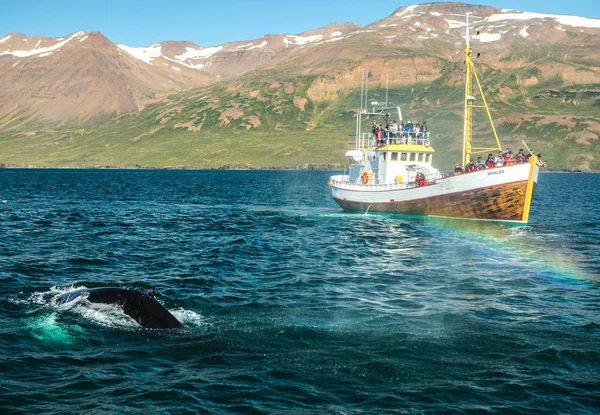
Known as the whale watching capital of Iceland, this coastal town offers unique opportunities to capture whales in their natural habitat against the backdrop of snow-capped mountains. The old harbor area has weathered wooden buildings and traditional boats that provide authentic Icelandic character for your shots.
Even if you don’t spot whales, the dramatic coastline and mountain views across Skjálfandi Bay create beautiful seascapes. The town also has a fascinating whale museum if the weather prevents outdoor shooting.
Goðafoss
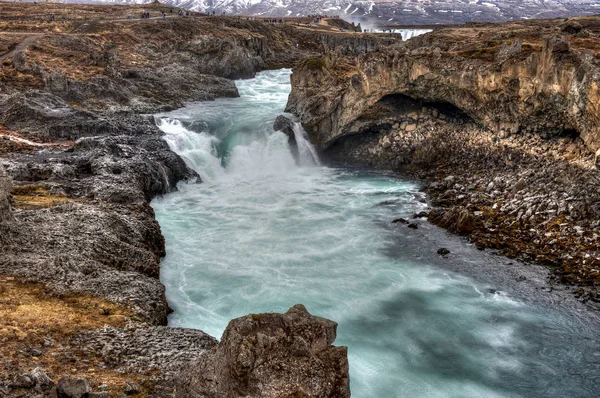
The ‘Waterfall of the Gods’ may not be the biggest or most powerful, but its graceful horseshoe shape and manageable size make it perfect for detailed compositions. The falls are easily accessible from both sides, allowing you to capture different angles and lighting conditions throughout the day.
The surrounding landscape is relatively gentle compared to other Icelandic waterfalls, creating more intimate compositions that focus on the water’s movement and patterns. Winter visits can be especially rewarding when ice formations add sculptural elements to your shots.
Akureyri
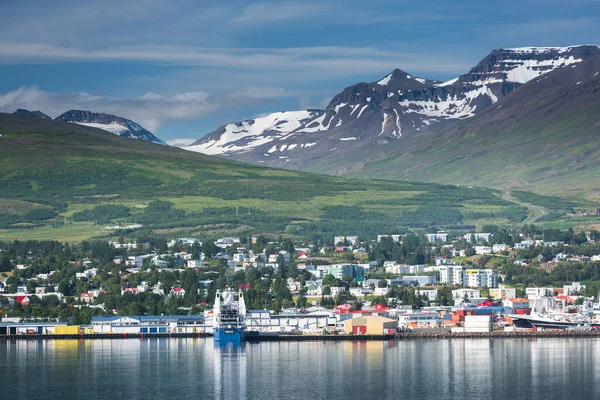
Iceland’s northern capital sits at the head of Eyjafjörður fjord, providing urban photography opportunities with a distinctly Icelandic flavor. The colorful houses climbing the hillsides create layered compositions with the fjord and mountains as a backdrop.
The town’s botanical garden offers surprising variety for a location so close to the Arctic Circle, and the contrast between cultivated plants and wild landscapes is uniquely appealing. The nearby Akureyri Church is an architectural landmark that photographs beautifully against dramatic northern skies.
Like Travel Pug’s content? Follow us on MSN.
Blönduós
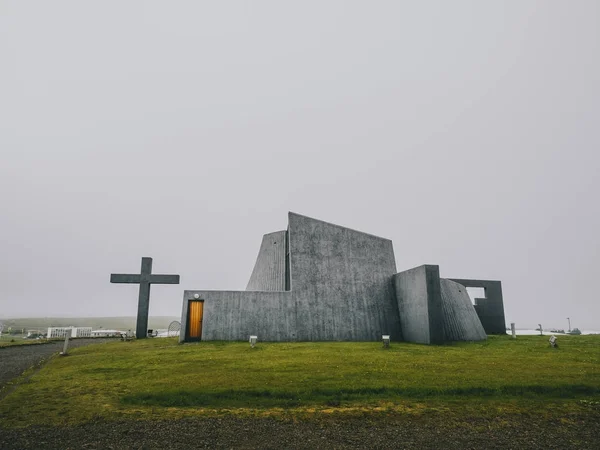
This small town on the Blanda River offers a more intimate look at Icelandic life away from the major tourist routes. The river mouth creates interesting water patterns where fresh water meets the sea, and the surrounding hills provide elevated viewpoints for landscape shots.
The town’s traditional houses and fishing boats create authentic cultural subjects that show the human side of Iceland. The area is known for its seal colonies, so wildlife photography opportunities exist for those willing to explore the nearby coastline.
Kirkjufell Mountain
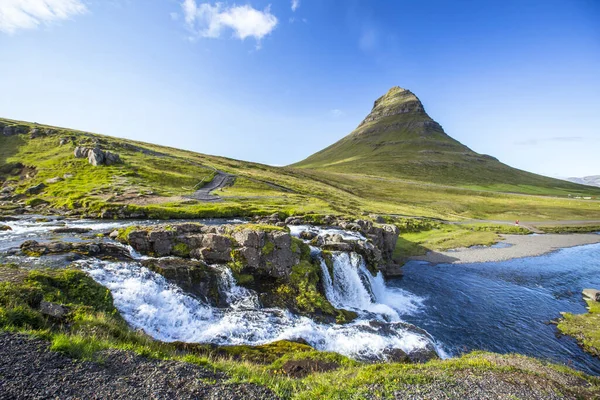
This distinctively shaped mountain near Grundarfjörður has become one of Iceland’s most photographed peaks, and for good reason. The mountain’s triangular profile creates perfect compositions whether you’re shooting from the town, the nearby waterfall, or various points along the coast.
Kirkjufellsfoss waterfall in the foreground adds a beautiful leading element that guides the eye toward the mountain peak. The location is also one of Iceland’s best spots for Northern Lights photography, as the mountain provides a stunning foreground for aurora shots.
Snæfellsnes Peninsula
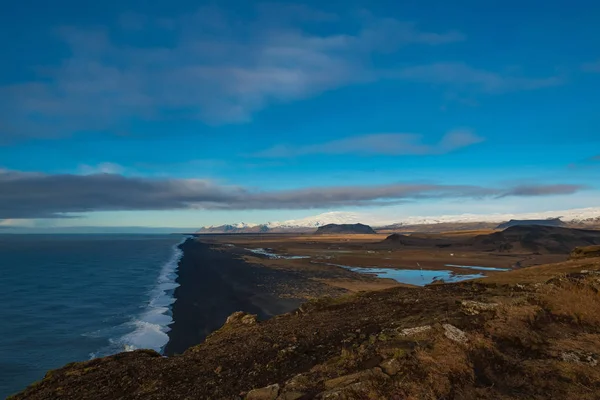
While technically a detour from the main Ring Road, this peninsula offers such incredible diversity that it’s worth the extra miles. The area includes dramatic coastlines, lava fields, charming fishing villages, and the glacier-capped Snæfellsjökull volcano that inspired Jules Verne’s ‘Journey to the Center of the Earth’.
Each location along the peninsula offers different photographic opportunities, from the basalt columns at Gerðuberg to the black church at Búðir. The peninsula’s compact size means you can capture multiple distinct landscapes in a single day.
Like Travel Pug’s content? Follow us on MSN.
Where Ancient Roads Meet Modern Adventures
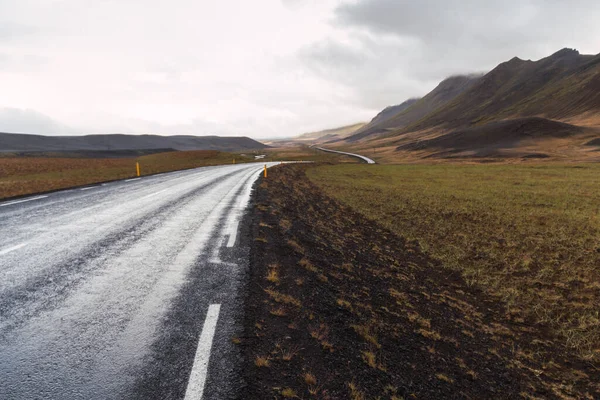
These 17 locations along Iceland’s Ring Road represent just the beginning of what this incredible route offers photographers. Each spot provides unique opportunities to capture the raw beauty and geological drama that makes Iceland unlike anywhere else on Earth.
The Ring Road itself has become a modern pilgrimage route for photographers, following paths that ancient Vikings once traveled while connecting communities across this volcanic island. Whether you’re capturing the thundering power of waterfalls, the serene beauty of glacial lagoons, or the dramatic interplay of ice and fire that defines Iceland’s landscape, these locations offer endless inspiration for creating images that tell the story of one of our planet’s most extraordinary places.
More from Travel Pug

- 20 Best Beach Towns in the Carolinas
- 13 Destinations Where Tourists Regularly Regret Their Trip
- 20 Things You Actually Get in First Class
- 20 Small Airports With Aviation Museums
- 20 Places in the U.S. That Are Perfect for a Reset Trip
Like Travel Pug’s content? Follow us on MSN. content? Follow us on MSN.
